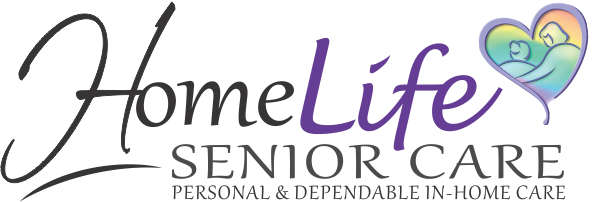
Falls are a leading cause of injury among older adults. As you get older, physical changes and health conditions—and medications used to treat those conditions—may make falls more likely. Consider six simple fall-prevention strategies.
1. Make an appointment with your doctor
Be prepared to answer questions such as:
- What medications are you taking? Make a list of your medications and supplements, and review with your doctor for side effects that may increase your risk of falling.
- Have you fallen before? Write down the details, including when, where and how you fell. The details may help your doctor identify specific fall-prevention strategies.
- Could your health conditions cause a fall? Be prepared to discuss your health conditions and how comfortable you are when you walk—for example, do you feel any dizziness, joint pain, shortness of breath, or numbness in your feet and legs when you walk? Your doctor may evaluate your muscle strength, balance and walking style (gait) as well.
2. Keep moving
Physical activity is important for fall prevention. With your doctor’s approval, consider activities such as walking or water workouts or a home exercise routine. Such activities reduce the risk of falls by improving strength, coordination and flexibility. If you have specific concerns about your risk for falling, your doctor may refer you to a physical therapist who can create a custom exercise program aimed at improving your balance, flexibility, muscle strength and gait.
3. Wear sensible shoes
Evaluate your footwear as part of your fall- prevention plan. Wear properly fitting, sturdy shoes with nonskid soles. Sensible shoes may also reduce joint pain.
4. Remove home hazards
Take a look around your home. Your living areas may be filled with hazards. To make your home safer:
- Remove boxes, newspapers, electrical cords and phone cords from walkways.
- Move coffee tables, magazine racks and plant stands from high-traffic areas.
- Secure loose rugs with double-faced tape, tacks or a slip-resistant backing—or remove loose rugs from your home all together.
- Repair loose, wooden floorboards and carpeting.
- Store clothing, dishes, food and other necessities within easy reach.
- Immediately clean spilled liquids or food.
5. Light up your living space
Keep your home brightly lit to avoid tripping on objects that are hard to see. Also:
- Place night lights in your bedroom, bathroom and hallways.
- Turn on the lights before going up or down stairs.
- Store flashlights in easy-to-find places in case of power outages.
6. Use assistive devices
Your doctor might recommend using a cane or walker to keep you steady. Other assistive devices can help, too. For example:
- Hand rails for both sides of stairways
- Nonslip treads for bare-wood steps
- Nonslip mats in your bathtub or shower.
- A raised toilet seat or one with armrests
- Grab bars for the shower or tub
- A sturdy plastic seat for the shower or tub — plus a hand-held shower nozzle for bathing while sitting down
If necessary, ask your doctor for a referral to an occupational therapist. He or she can help you brainstorm other fall-prevention strategies. Some solutions are easily installed and relatively inexpensive. Others may require professional help or a larger investment. If you’re concerned about the cost, remember that an investment in fall prevention is an investment in your independence.
By Mayo Clinic Staff
https://www.mayoclinic.org/healthy-lifestyle/ healthy-aging/in-depth/fall-prevention/art-20047358?pg=2

 In 2004, the American Society on Aging sponsored a study to evaluate the financial knowledge of Americans age 50+ which included a survey of three simple yes/no questions that assessed the knowledge of the respondents on concepts such as inflation, risk diversification and interest rates.* At that time only one third of respondents could answer all three questions correctly. Since 2009, broader studies have been made within the wider population and the results were similarly dismal, but there was a clear correlation between age and a failure to understand some basic financial concepts that make up financial literacy. This is especially worrisome given that money and debt management issues are most consequential to this most vulnerable population.
In 2004, the American Society on Aging sponsored a study to evaluate the financial knowledge of Americans age 50+ which included a survey of three simple yes/no questions that assessed the knowledge of the respondents on concepts such as inflation, risk diversification and interest rates.* At that time only one third of respondents could answer all three questions correctly. Since 2009, broader studies have been made within the wider population and the results were similarly dismal, but there was a clear correlation between age and a failure to understand some basic financial concepts that make up financial literacy. This is especially worrisome given that money and debt management issues are most consequential to this most vulnerable population. We wish to congratulate our Caregiver of the Season, Pamela Dale!
We wish to congratulate our Caregiver of the Season, Pamela Dale!
